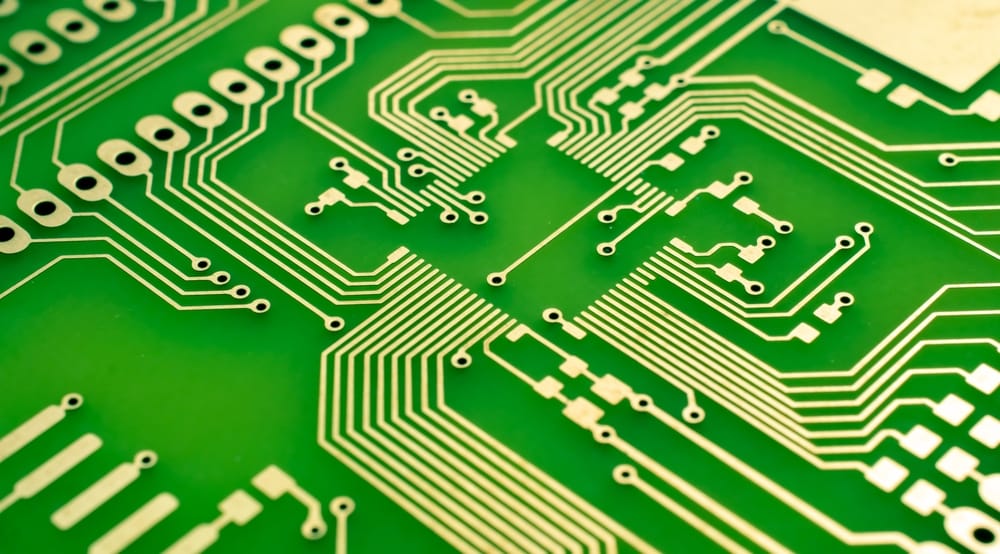PCB
PCB
Blog Article

The Evolution of Printed Circuit Boards (PCBs): A Journey Through Innovation
The evolution of technology has been significantly shaped by the development of Printed Circuit Boards (PCBs), which have transformed the way electronic devices are designed, manufactured, and operated. This article delves into the history, advancements, and future prospects of PCBs, highlighting their pivotal role in the realm of modern electronics. Visit flexible printed circuit board manufacturer to learn more.
From Early Innovations to Modern Marvels
The concept of PCBs traces back to the early 20th century when researchers began exploring methods to simplify and streamline the assembly of electronic circuits. Prior to the advent of PCBs, circuits were constructed using point-to-point wiring, which was time-consuming, error-prone, and limited the complexity of electronic systems.
In the 1940s, the development of the "printed wiring" technique revolutionized electronic assembly by allowing conductive pathways to be directly printed onto non-conductive substrates, such as Bakelite. This innovation laid the groundwork for the modern PCB, paving the way for further advancements in electronics manufacturing.
Technological Milestones
Over the decades, PCB technology has undergone significant advancements, driven by innovations in materials, manufacturing processes, and design methodologies. Key milestones in the evolution of PCBs include:
Single-Sided PCBs: The earliest PCBs featured conductive traces on one side of the substrate, enabling basic electronic circuits to be assembled more efficiently than traditional wiring methods.
Double-Sided and Multilayer PCBs: As electronic devices became more complex, the demand for higher component density and improved signal integrity spurred the development of double-sided and multilayer PCBs. These designs allowed for more intricate circuitry to be accommodated within smaller form factors, leading to the miniaturization of electronic devices.
Surface Mount Technology (SMT): The introduction of SMT in the 1980s revolutionized PCB assembly by eliminating the need for leads and through-holes, enabling components to be directly mounted onto the surface of the board. This technique enhanced assembly efficiency, reduced manufacturing costs, and facilitated the development of smaller and lighter electronic devices.
High-Density Interconnect (HDI) PCBs: HDI PCBs represent the latest frontier in PCB technology, leveraging advanced manufacturing processes to achieve unprecedented levels of miniaturization and performance. By incorporating microvias, fine-pitch traces, and stacked vias, HDI PCBs enable the integration of complex circuitry within ultra-compact form factors, making them ideal for applications such as smartphones, wearables, and IoT devices.
Current Trends and Future Outlook
In the present day, PCB technology continues to evolve rapidly, driven by emerging trends such as:
Miniaturization: The demand for smaller, lighter, and more portable electronic devices has fueled the development of miniaturized PCBs with increasingly dense component layouts and finer trace widths.
High-Speed and High-Frequency Applications: With the proliferation of high-speed data transmission and wireless communication technologies, there is a growing need for PCBs capable of supporting high-frequency signals and minimizing signal loss.
Flexible and Rigid-Flex PCBs: Flexible and rigid-flex PCBs are gaining traction in applications where traditional rigid PCBs are impractical, offering enhanced flexibility, durability, and design freedom for curved or irregularly shaped devices.
Environmental Sustainability: As concerns about environmental sustainability grow, there is a greater emphasis on developing eco-friendly PCB materials and manufacturing processes, reducing waste, and optimizing energy efficiency throughout the PCB lifecycle.
Looking ahead, the future of PCBs promises to be characterized by continued innovation, driven by advancements in materials science, manufacturing technologies, and design methodologies. From smart cities and autonomous vehicles to wearable electronics and the Internet of Things (IoT), PCBs will remain integral to the advancement of technology, enabling the realization of increasingly interconnected and intelligent systems.
Conclusion
In conclusion, the evolution of Printed Circuit Boards (PCBs) represents a remarkable journey of innovation and technological advancement, spanning over a century of continuous progress. From humble beginnings as simple printed wiring boards to the sophisticated high-density interconnects of today, PCBs have revolutionized the electronics industry, enabling the development of a vast array of electronic devices that have transformed the way we live, work, and communicate. As we embark on the next chapter of electronic innovation, PCBs will undoubtedly continue to play a central role, driving progress and shaping the future of technology in ways we have yet to imagine.
Report this page